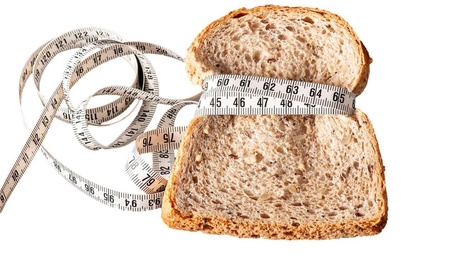- All Products
- Advanced Metabolic Typing Test
Advanced Metabolic Typing Test
https://www.life-enthusiast.com/shop/advanced-metabolic-typing-test-34640 https://www.life-enthusiast.com/web/image/product.template/34640/image_1920?unique=73352b5Find Your Biological Individuality
- Manage Your Health Through Your Biological Individuality
- Helps Restore Health by Reversing Chronic Problems
- Simple Online 30-minute Quiz, with Coaching
Terms and Conditions
30-day money-back guarantee
Shipping: 2-3 Business Days
Advanced Metabolic Typing Test to find your specific Metabolic Type. Determines what foods contribute to health. And which foods take away your well being.
Learn how to construct meals to build health instead of disease.
When your body gets its required nutrients, it can clean, repair and maintain itself.
Metabolic Typing is THE tool you need for optimal health.
Feeding your unique body type is the single most important principle that affects your maximum performance in all aspects of life.
Metabolic Typing is the scientific determination of your individual metabolic needs (Biological Individuality) for optimal energy, health, performance, weight management, and emotional well being.
Our Certified Metabolic Typing Adviser helps you determine your Metabolic Type (finding your Biological Individuality). And interpret the results. He will assist the implementation of lifestyle changes to achieve your goals: better health, elimination of pain, improved performance. You may soon see positive effects of matching your food intake with your physiological needs.
This health building program is designed specifically for each individual. One size fits all diets do not work. Your body responds uniquely to food based on genetics, biochemical make-up, family history and your own interaction with the environment.
Metabolic Typing is derived from scientific methods developed from studying the major body control systems. These systems have been researched and have progressed over the past 70 years to our present program created by Bill Wolcott ( Author of The Metabolic Typing Diet ) Metabolic Typing puts an end to the confusion about what diet is for you.
When you begin to eat right for your type, your metabolism will move towards balance. As you do that, your body may produce energy more efficiently for fuel.
By using a Metabolic Typing program you may experience:
- Improved energy
- No cravings
- No hunger between meals
- Satisfaction from meals
- Greater mental clarity
- Positive state of mind.
For the full course please see Metabolic Typing for Health.
After your online Advanced Metabolic Typing Test you will receive:
- Metabolic Type test Results Report
- Metabolic Type Diet Plan
- Using Your Diet Plan
- Metabolic Typing Cookbook
- Supplement Recommendations for your unique MT diet
- Results Session to explain your unique situation and how to implement the plan.
You'll also receive:
- Food List - A color coded list of foods that specifically maps out the exact foods that are optimal for your individual Metabolic Type.
- Metabolic Typing Guide - This will explain your results in detail and help get you started on your diet.
The Metabolic Typing Guide includes:
- Metabolic Typing Assessment Results
- Metabolic Type Diet Recommendations
- Metabolic Type Supplement Recommendations
- Your Specific Lifestyle Recommendations
- Fine Tuning Guide - This guide will offer additional resources to help you further customize your diet according to your Metabolic Type and determine optimal macro-nutrient ratios for your individual needs.
- Diet Check Record and Food Symptom Journal - These documents are used to help you recognize how your meals are affecting you, eliminate food cravings, and achieve optimal results. These tools will be used during the weekly consultations.
- Shopping Guide and Cooking Guide - These documents will assist you when grocery shopping and specifically show you how and why some foods need to be prepared a certain way.
- Blocking Factor Checklist - To help identify and eliminate other lifestyle factors that may be interfering with the success of your Metabolic Typing diet.
- Program Enhancers Checklist - To help you identify and eliminate environmental factors that may be interfering with the success of your Metabolic Typing diet.
Plus access to phone or Skype consultation with our Certified Advanced Metabolic Typing Advisor.
After completing your purchase of this program, we will send you the Advisor name and number that you need to submit the form.
With this name and number, go to healthexcel.com and fill out the form.
Please take your time and answer with care. The more complete your answers, the more accurate the results.
After you take the test online, results are emailed to you within 3 days.
You will have access to everything you need to start using the instructions right away.























